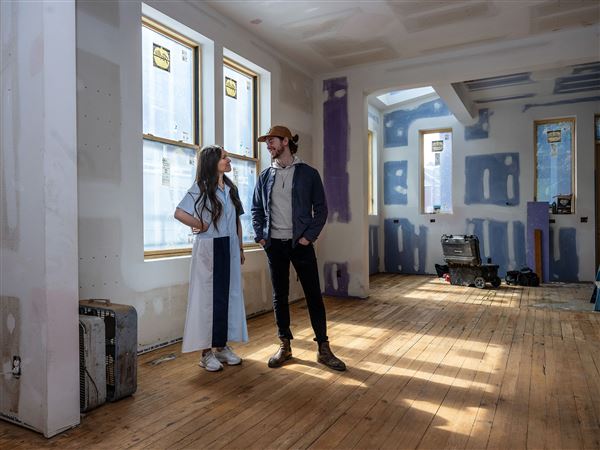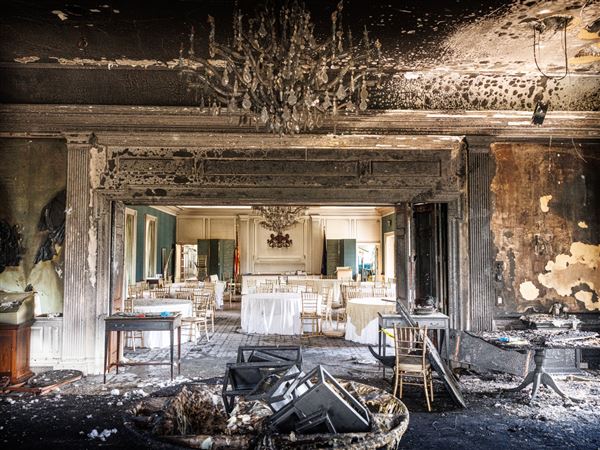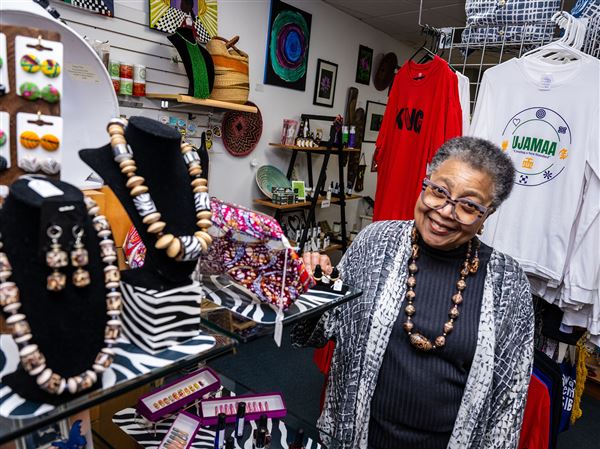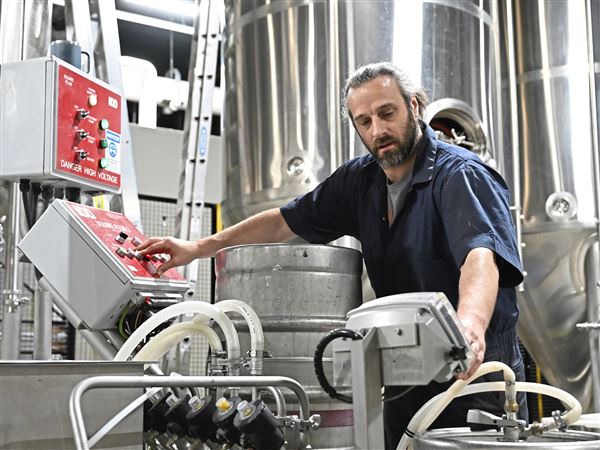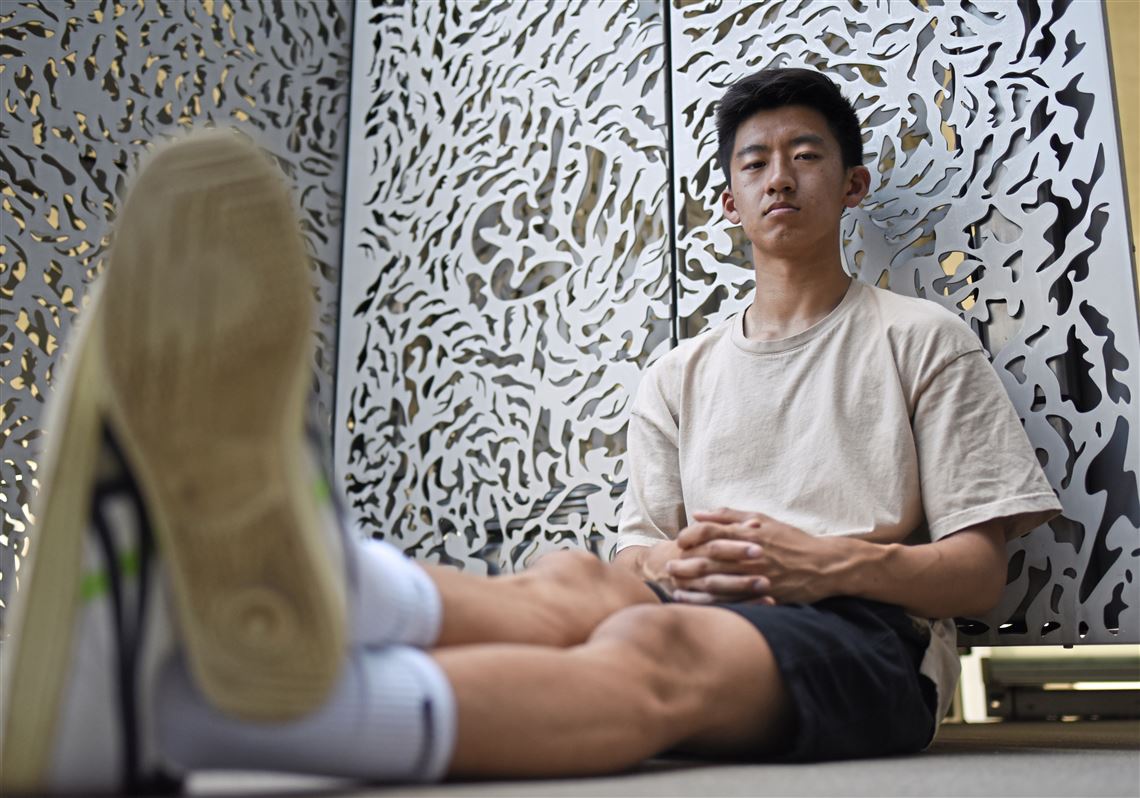Angela Le was getting off a bus in Downtown Pittsburgh when a woman pulled down her own face mask and spit in Le’s direction. At first, Le, a University of Pittsburgh student from Washington County, was stunned.
Le didn’t immediately process it as an act of hate.
“I was just like, ‘Is that to me?’” she said. “I continuously have these weird reactions to things because I was raised like that. When things like that happen, you’re like, ‘Is this because of my race?’ And you just feel like you question it.”
For Asians and other minorities, the past year has been a tumultuous time driven by social change, political divisiveness, economic upheaval and an ongoing pandemic.
Stop AAPI Hate, a national coalition that became the authority on gathering data on racially motivated attacks related to the COVID-19 pandemic, received 9,081 incident reports between March 19, 2020, and this June. Since the coronavirus was first reported in China, people of Asian and Pacific Islander descent have been treated as scapegoats solely based on their race, according to Stop AAPI Hate.
The FBI recently released a different set of figures, but said the number of hate crimes in the U.S. in 2020 rose to the highest levels in 12 years — and the sixth year out of the last seven with an increase. The rise is mostly due to the increased assaults on Blacks and Asians. The agency said it tallied 7,759 hate crimes last year, a 6% increase from 2019 and the most since 2008, when 7,783 were reported.
Attacks targeting Blacks rose to 2,755 from 1,930, and the number targeting Asians jumped to 274 from 158, the data showed. Those figures come as civil rights groups have warned of increasing hostility toward minorities amid a rise in white nationalism and an increase in violent crime nationwide.
Since the pandemic began, Asian Americans have been targeted — from verbal harassment to physical attacks to a mass shooting in Atlanta in March.
Pittsburgh’s Asian American community, which lacks the numbers seen in cities such as New York City and San Francisco, has found the angry sentiments difficult to process.
Without a place to gather or a stable network, the Pittsburgh Asian American community cannot come together and heal the same as other communities, said Caroline Yoo, of Los Angeles, a a master’s degree candidate at Carnegie Mellon University.
“In L.A., even though there’s that type of racism, you have community. Whereas in Pittsburgh, even though there is a community, it feels just a little bit quieter,’’ Ms. Yoo said.
“It’s only my first year here. In my experiences, there isn’t this huge hub of just Asian celebration anywhere, and I think because of that lack of celebration and the lack of visibility, in ways all the little micro-aggressions build. And you end up just swallowing it up and repressing rather than releasing it, crying for help from your other members of the community.”
Reporting the incidents
The 9,000 or so incidents gathered by Stop AAPI Hate were reported by the victims or someone reporting on their behalf.
Overall, the report found verbal harassment and shunning — interactions that don’t qualify legally as hate crimes — make up the two largest shares of total incidents.
Physical assaults made up the other third, but the percentage of incidents increased from last year — 16.6% compared with 10.8%. More than 63% of the incidents were submitted by women. Roughly 31% took place on public streets and 30% at businesses.
Marian Lien, president of the Pittsburgh chapter of the Organization of Chinese Americans, said verbal assaults, which she has personally experienced, have outweighed physical assaults in this area, but she is aware of an assault of a 15-year-old that put him in the hospital.
His mother was scared that if she spoke out, people would know where her family lived and seek retaliation for reporting it, Ms. Lien said.
“When she finally had the courage to speak up and wanted to report it, guess what happened?” Ms. Lien said. “The local municipality … they dismissed it. ‘Are you sure it’s just not some teenagers being teenagers?’ [they said]. I’ve had others … tell me it’s not worth [reporting] because you’re just going to be dismissed and then you can draw attention to yourself, and then you’re probably going to create issues … .”
Cultural responses and under-reporting
Acts of verbal harassment and intimidation often go unreported. Le said this may be a cultural issue.
“Culturally, you’re supposed to kind of keep it to yourself,” Le said. “It’s interesting, too, because I think this whole mindset that your parents raise you with is, ‘Oh, it’s not that bad,’ or ‘Just put your head down.’ ”
Gang Liu, a modern languages professor and Chinese studies program coordinator at Carnegie Mellon, said he knows of people who keep such instances to themselves. Mr. Liu said some categorize acts of harassment as discrimination while others see it only as anger.
“That’s why they choose not to report or even not to tell their friends or relatives, because [the culprits are] just people acting out of their anger, so it’s nothing,” Mr. Liu said. “I do know people who think in that way.”
According to Anny Chen, a teaching artist in Pittsburgh and a Rockville, Md., native, verbal harassment and non-physical assaults are difficult to address because of how children in the Asian community are raised.
“… We’ve learned how to ask those questions in our head, but tell nobody, and it actually is pretty painful to bring it up because we have to dig in and figure out where we’re complicit in it. And it’s scary to talk about, especially when I feel like the kind of fabricated ‘model minority status’ makes us not want to rock the boat,” Ms. Chen said.
“There’s a huge Asian community in Pittsburgh,” she said, “We just don’t know how to organize. Everything is designed to cater to white feelings or the white imagination, so there’s no getting connected to each other, because it doesn’t support that.”
Importance of community
In times of distress, many turn to family, friends and communities. Asian Americans are no exception.
“I think it’s really healing to be with other folks that look like you and that have shared experiences or have different ones,” Ms. Chen said.
According to the U.S. Census Bureau, the Asian community makes up almost 4% of Allegheny County’s population, which is more than 45,000 individuals. In the city of Pittsburgh, 17,574 residents, almost 6%, identify as Asian.
Pittsburgh’s lack of a Chinatown or an Asian-specific neighborhood makes it difficult for Asians to connect and grapple with hate and harassment.
“I would say the Pittsburgh Asian community is pretty sporadic. There’s five Asian restaurants [in Squirrel Hill], but it doesn’t really do anything for bringing the community together,” said Justin Wang, a senior and president of CMU’s Asian Students Association.
“I guess there’s definitely a couple of local organizations, but they don’t have a very strong presence on our campus, so students are largely unaware,” Mr. Wang, of Livingston, N.J., added. “I don’t feel like Pittsburgh does have that infrastructure to really raise any true awareness.”
Cities with larger Asian populations may be more dangerous, but Ms. Yoo said having a community to rally around compensates for the challenges.
“I’ve definitely experienced maybe more overt racism in L.A. or New York than I would in Pittsburgh, but there I have a sense of community with my friends and my family. And then we go out in Koreatown or Little Tokyo or Chinatown, and there’s like a sense of belonging,” she said.
There also is a disconnect between generations of Asian Americans living in Pittsburgh, Ms. Chen said.
“I know that there’s a lot of multi-generational Asian families living in Pittsburgh, but I think the Asian community that I am experienced with in Pittsburgh are transplants,” Ms. Chen said. “A lot of us have come here for college, for work. So because we don’t have that groundwork, we don’t have that stability, it’s harder to get together and organize.”
The future of AAPI in Pittsburgh
Stephanie Tsong, of Bloomfield, said younger Asian Americans are becoming more vocal about their identities.
“We’re at a point where we’re the next generation, and we have to do something to do self-care for us here, to heal ourselves and to make sure that we have support systems in place, because it’s hard to be [an Asian American and Pacific Islander] in a small Rust Belt city that doesn’t have a huge population of that, or a lot of huge ethnic diversity except for in the school and the campuses,” Ms. Tsong said.
Community building is happening, and the focus is on activism and social justice. The Atlanta shooting, in which six Asian women were murdered, also seems to have sparked organization.
Mr. Wang, the CMU student leader, has developed a group at the university that brings together the leaders of Asian organizations. Ms. Woo and Ms. Chen have both worked on demonstrations and exhibits that bring awareness to Asian issues and give space for community members to heal. Mr. Liu, the professor, also said he has noticed people reaching out to one another.
“If you take CMU as an example, there’s a group [Awareness of Roots in Chinese Culture], so in that group, there are people from not only the Chinese community, but also from Taiwan, from Hong Kong, from Korea, from Japan, and also some international students, so I do see efforts that they’re trying to reach out beyond one community,” Mr. Liu said.
Ms. Tsong said she welcomes proactive measures being taken by Asian Americans in Pittsburgh.
“I’m excited to meet a lot of other people in the AAPI community so we can talk about it and build something together,” she said.
The Associated Press and The Washington Post contributed to this story.
First Published: September 6, 2021, 9:45 a.m.
